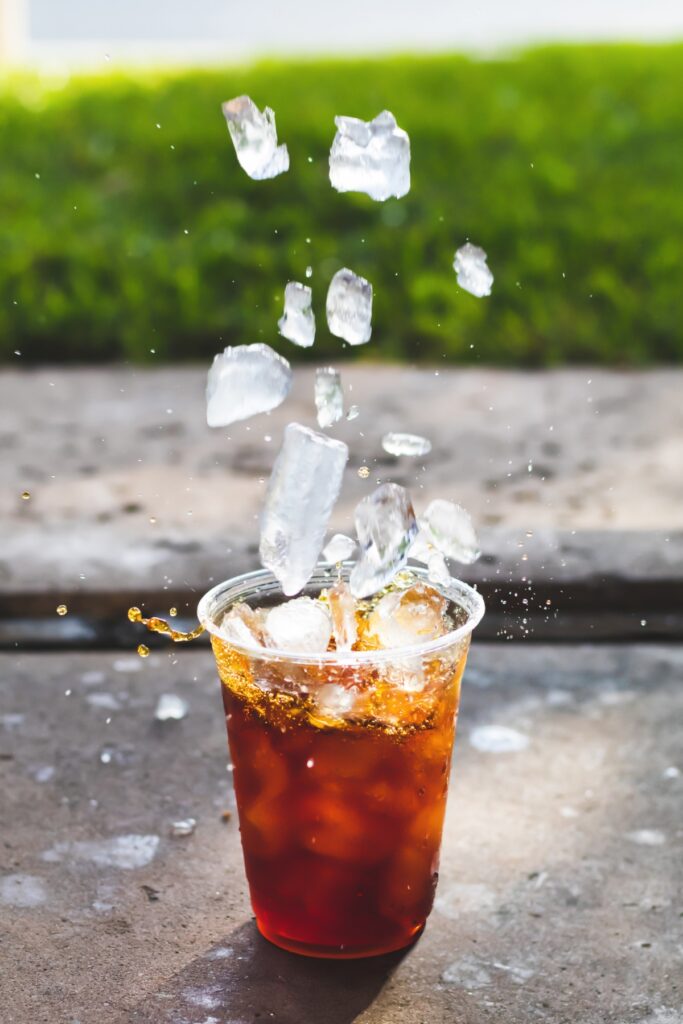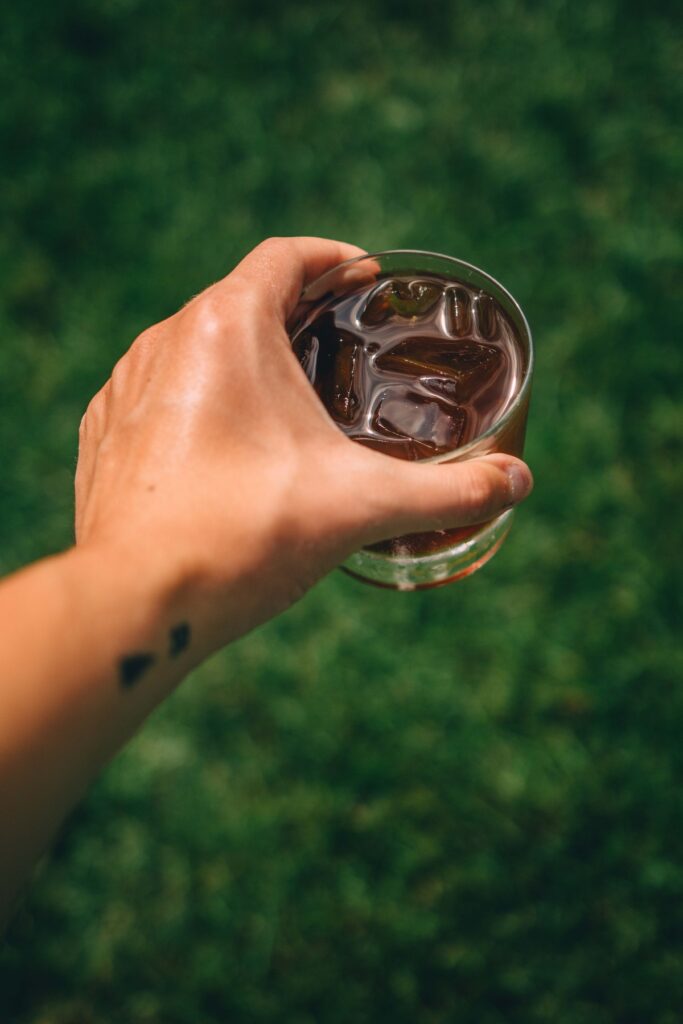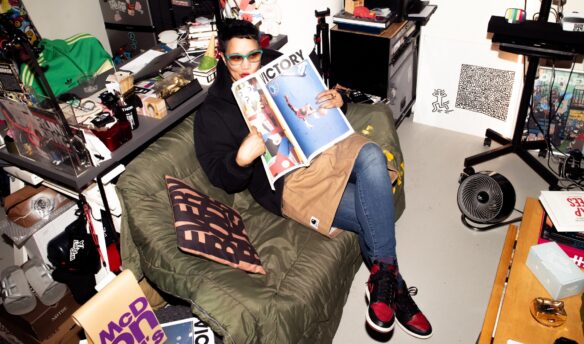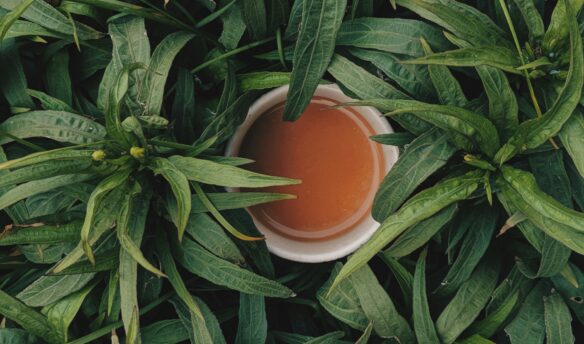While coffee lovers have conflicting opinions on cold brew coffee, an undeniable fact is that it’s popular. Consumer trends research firm Grand View Research valued the global cold brew coffee market at 339.7 million USD in 2018 with a projected growth of 25.1 percent from 2019 to 2025, and they’re not alone.
As Michael Butterworth said in his 2018 Fresh Cup cold brew primer, “Love it or hate it, cold brew coffee has never been more popular, and the category shows no signs of slowing down. From an ever-growing number of ready-to-drink beverages to nitro-infused and draft options, it’s an increasingly crowded marketplace.” That marketplace hasn’t slowed even throughout the pandemic.
When it comes to cold brew, one fundamental struggle is strength versus flavor: smooth sippers, the drinks that feel balanced but might have you calling for another coffee in a few hours, versus face melters, coffees that kick you in the teeth with intensity. Is cold brew just a great way to mainline some caffeine, or should it represent the coffees that go into it with more nuance and delicacy?
“Always Be Adapting”
Barista and coffee writer Brit Alexandria Sims has been in coffee for five years, making cold brew all the while. “Cold brew in shops is always one of the more laborious tasks,” they say. Whereas a lot of their coworkers avoided making cold brew, they embraced it. “It became something I’m really passionate about.”
Sims says strength should complement flavor, not be a substitute for it. “People seek out cold brew for its high caffeine levels and, much like alcohol, it can be easy to think that the stronger the coffee, the higher the caffeine content.” However, they say strength and high caffeine aren’t the sum total of cold brew’s worth. “Cold brew should be given the same level of care that coffee professionals give espresso or pourovers.”
Daphne Carlson is a barista at Bitter Rose Coffee Bar in Portland, Oregon, and has been working in coffee for eight years, the last seven of which have included cold brew. “The biggest struggle for me is creating a balance that works for a wide array of customers,” she says. Managing differing expectations is a constant challenge. “There are always going to be people who are looking for the kick that cold brew provides, but my goal is to find a balance between satisfying that desire and also creating a product that is still nuanced in its flavor notes.”

Two years into her tenure as Director of Cold Brew at a ready-to-drink (RTD) specialty coffee company, Kayla Scott of Color Cold Brew has some advice on the matter. There’s a popular adage in sales: “always be selling.” Scott advocates a different slogan for cold brew: “always be adapting your ratios.”
“It isn’t catchy,” she says, but it’s the crux of creating a cold brew that meets and exceeds customers’ expectations while representing the flavors of the beans themselves.
Identify Your Goals
Tools like TDS (Total Dissolved Solids) meters can give quantitative measurement to a brew’s strength. Scott advises cafés to use TDS meters not just in their research and development process but continually. “Cold brew needs a level of dialing in [aka calibration] just as much as espresso does,” she says. “Test small batches with various grind sizes, ratios, and brew times.”
Sims agrees. “Don’t be afraid to make changes,” they say. They note that dialing in cold brew is expensive because of how much coffee is used and the lengthy brew time required—meaning that people making cold brew are working with a slower feedback loop. “But,” says Sims, “cold brew is pretty forgiving, and if you find a way to make your cold brew better, the reward is worth the risk.”
Sims also stresses the importance of knowing what you want from your brew. “At my shop, I wanted a silkier mouthfeel than the lighter and thinner cold brew we had. I took a deep look at our entire cold brew process and plotted a course of action to get the result I wanted.”
Into her twelfth year of coffee work, barista, roaster, and writer Bethany Hargrove Letoto is a cold brew veteran. For her, the most important thing to know about making cold brew is that “most of the volatile compounds (aka flavor) in coffee are only soluble at a higher temperature.” In other words, water temperature greatly affects what compounds are pulled out of a bed of coffee grounds, so simply using more coffee for cold brew—which is usually made with lukewarm or even cold water—won’t necessarily result in a stronger flavor. “It’s also easier to correct a cold brew by diluting than if you end up with a batch that’s too weak,” she says, so it’s better to err on the side of strength during the brewing process and work backward from there.
Hargrove Letoto’s point is crucial when thinking about application. If your goal is to create a cold brew concentrate you can dilute to maximize drinkability or use as an ingredient in cold-brew cocktails or food prep, it might be better to brew a face-melter and dilute it into a smooth sipper.
Customers may just be looking for that caffeine hit, but in the world of specialty coffee, we love meeting customers’ expectations while giving them something new to sip on. While caffeination and perceived strength are key to cold brew’s branding, if you’re taking the time to source high-quality coffee and calibrate a thoughtful brew, your cold brew deserves to be tasted, not just slammed. With a bit of thoughtfulness, you can maximize your cold brew to meet both ideals, creating a strong yet nuanced cup of coffee.
Cover photo by Battlecreek Coffee Roasters.
RJ Joseph is a coffee writer focusing primarily on equity, workers’ rights, and structural alternatives to the status quo. She’s been a barista, a roaster, a green coffee grader and lab tech, and finally made coffee writing her full-time gig at Red Fox Coffee Merchants. In her decade in coffee, she’s also run a queer coffee events organization, written a blog on equity in coffee, and run a coffee satire website called The Knockbox. If you see her around, say hi.














